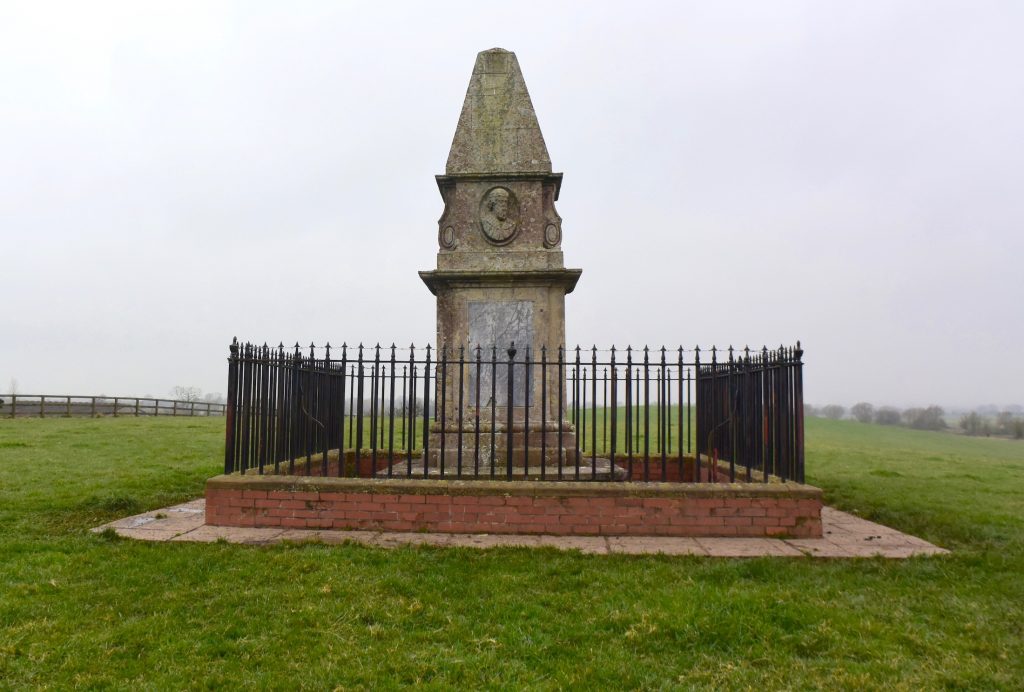Although I could find no evidence for King Alfred burning cakes it seems appropriate for me to say a few more words about this famous and persistent legend. This post is adapted from, and provides additional material for, my book, King Alfred: A Man on the Move.
The earliest source
When talking to people it is often the first thing that comes up. It first appears in the anonymous Vita S Neoti (Life of St Neot), which seems to have been put together in the late tenth century, where it states that the burning of the cakes took place at Athelney (King Alfred’s refuge in the Somerset Levels prior to his successful reconquest of his kingdom that took place after his victory over the Vikings at the Battle of Ethandun in 878).

The tale’s journey
The story of King Alfred burning cakes found its way from the Vita S Neoti into a twelfth century compilation of documents that became known as the Annals of St Neots. Then in the sixteenth century it got lifted from the Annals of St Neots and inserted by the theologian Matthew Parker into his copy of Asser’s Life of King Alfred. Because the writings of Asser have been viewed as a serious historical source, this must have given the story a real boost and is probably why it is so famous today. We cannot ultimately prove that it was inserted by Matthew Parker (as opposed to somebody before him doing it) because the Life of King Alfred that he would have been working from was destroyed in a fire in 1731 and there are no known surviving ancient copies. The result, nonetheless, was that for a significant period of time the story of the cakes was treated as an integral part of the writings of Asser, when this in fact was not the case.
The tale
In brief, the earliest version of the story tells us that Alfred turned up on his own at a pig farmer’s (subulcus, swineherd, was changed in the Annals to uaccarius, cowherd, for reasons unknown) cottage on Athelney where he was taken in and stayed for some days whilst he awaited God’s mercy, and keeping in mind the patience that had been demonstrated by the biblical Job. One day, while the pig-farmer was taking his pigs to a field, the farmer’s wife started baking loaves of bread (not cakes), but then became occupied with other domestic duties. The loaves started to burn and the wife pointed out to Alfred that although he was quite happy to eat them, he hadn’t been so keen to turn them over when he could see that they were burning. It appears that Alfred was shaken but not stirred, and he proceeded to then turn the loaves over.
The tale about King Alfred burning cakes was recast many times subsequently and I suspect a whole book could be written tracing these variations.
There is a legend that the story of Alfred burning of the cakes took place in a field south of the rectory at Brixton Deverill in Wiltshire. However, the Vita S Neoti clearly indicates that this supposed baking mishap took place at Athelney.
Finally, it is interesting to note that this is not the only incident of burning bread in the legends. In the Viking Saga of Ragnar Lothbrok (Ragnars Saga Loðbrókar) Ragnar’s men are distracted in the farmhouse of a poor couple by the beauty of Ragnar’s second future wife (Kráka/Aslaug) and they burn the bread they were baking there. This was written in the 13th century and may be a coincidence.
A delightful tale is told in “We Wander in the West” by SPB Mais (1950). The author writes that when he was at Athelney a small boy offered to show him where the cakes had been burnt. He was taken to the farm buildings and a corner of the scullery was pointed out as the exact place. However, the boy’s mother intervened, saying that since such a long time had passed it might have been somewhere else in the house!
Tap or click the image below to learn more about my book.






